Audio issues can be frustrating, whether you’re trying to listen to music, participate in a video conference, or enjoy a movie. However, most audio problems can be resolved with a bit of troubleshooting. Here’s a practical guide to help you identify and fix common audio issues.
1. No Sound from Speakers or Headphones
Check the Basics:
Volume Levels: Ensure that the volume on your device and speakers/headphones is turned up.Mute: Make sure your device isn’t muted. Check the system settings and physical mute button on speakers/headphones if available.
Connections: Verify that all cables are securely connected. For wireless devices, ensure they are properly paired.
Device Settings:
Playback Device: Ensure the correct playback device is selected. On Windows, right-click the sound icon in the taskbar, select 'Open Sound settings,' and choose the appropriate device. On macOS, go to 'System Preferences' > 'Sound' and select the correct output device.Driver Issues:
Update Drivers: Outdated or corrupt drivers can cause audio issues. Update your audio drivers via Device Manager on Windows or through 'System Preferences' on macOS.Reinstall Drivers: If updating doesn’t work, try uninstalling and reinstalling the audio drivers.
2. Distorted or Crackling Sound
Check Connections:
Cables: Inspect all cables for damage and ensure they are securely connected.Jacks: Ensure the audio jacks are clean and free from debris.
Interference:
Wireless Interference: For wireless headphones, ensure there are no other devices causing interference. Try switching to a different wireless channel.Electromagnetic Interference: Keep audio cables away from power cables and other electronic devices that might cause interference.
Device Settings:
Audio Enhancements: Disable audio enhancements. On Windows, right-click the sound icon, go to 'Playback devices,' select your device, click 'Properties,' and disable any enhancements under the 'Enhancements' tab.Sample Rate: Adjust the sample rate in the audio settings. Sometimes a mismatch between the audio source and playback device can cause issues.
3. Audio Cutting In and Out
Check Connections:
Loose Connections: Ensure all cables are properly connected. For wireless devices, ensure a stable connection.Range: For Bluetooth devices, ensure you are within range and there are no obstacles causing signal loss.
Software Issues:
Update Software: Ensure your operating system and audio-related software are up-to-date.Background Processes: Close unnecessary background applications that might be causing audio interruptions.
4. Microphone Not Working
Check Basics:
Volume and Mute: Ensure the microphone is not muted and the volume is turned up.Connection: Verify that the microphone is properly connected. For USB microphones, try a different USB port.
Device Settings:
Input Device: Select the correct input device. On Windows, right-click the sound icon, select 'Sound settings,' and choose the correct input device. On macOS, go to 'System Preferences' > 'Sound' > 'Input.'Privacy Settings: Ensure that apps have permission to access the microphone. On Windows, go to 'Settings' > 'Privacy' > 'Microphone.' On macOS, go to 'System Preferences' > 'Security & Privacy' > 'Microphone.'
Driver Issues:
Update/Reinstall Drivers: Similar to speakers, update or reinstall microphone drivers if needed.5. Echo or Feedback Issues
Reduce Volume:
Microphone and Speakers: Lower the volume of your speakers or microphone to prevent sound from looping back.Headphones: Use headphones instead of speakers to prevent feedback loops.
Placement:
Distance: Ensure the microphone and speakers are not too close to each other.Direction: Position the microphone away from the speakers.
Software Settings:
Echo Cancellation: Enable echo cancellation in your audio settings. Many communication apps, like Zoom or Skype, have built-in echo cancellation options.6. Bluetooth Connection Issues
Pairing:
Device Visibility: Ensure your device is in pairing mode and visible.Forget and Re-Pair: On your device, forget the Bluetooth connection and then re-pair the devices.
Battery:
Charge Devices: Ensure both the Bluetooth device and the connected device have sufficient battery life.Interference:
Reduce Interference: Move away from other wireless devices that might be causing interference.Conclusion
Troubleshooting audio issues can be straightforward if you follow a systematic approach. Start with the basics, like checking connections and settings, and move on to more specific troubleshooting steps. By addressing these common problems, you can quickly restore high-quality sound to your devices and enjoy a seamless audio experience.


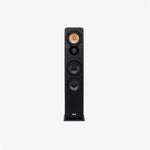
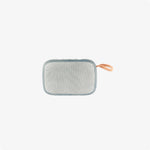
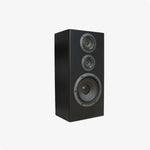
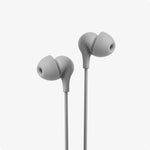
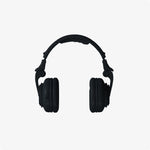
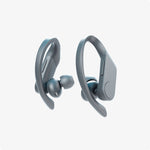
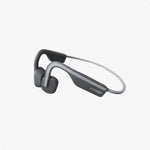
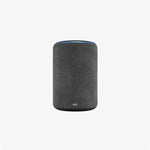
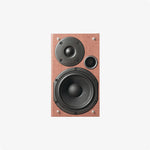


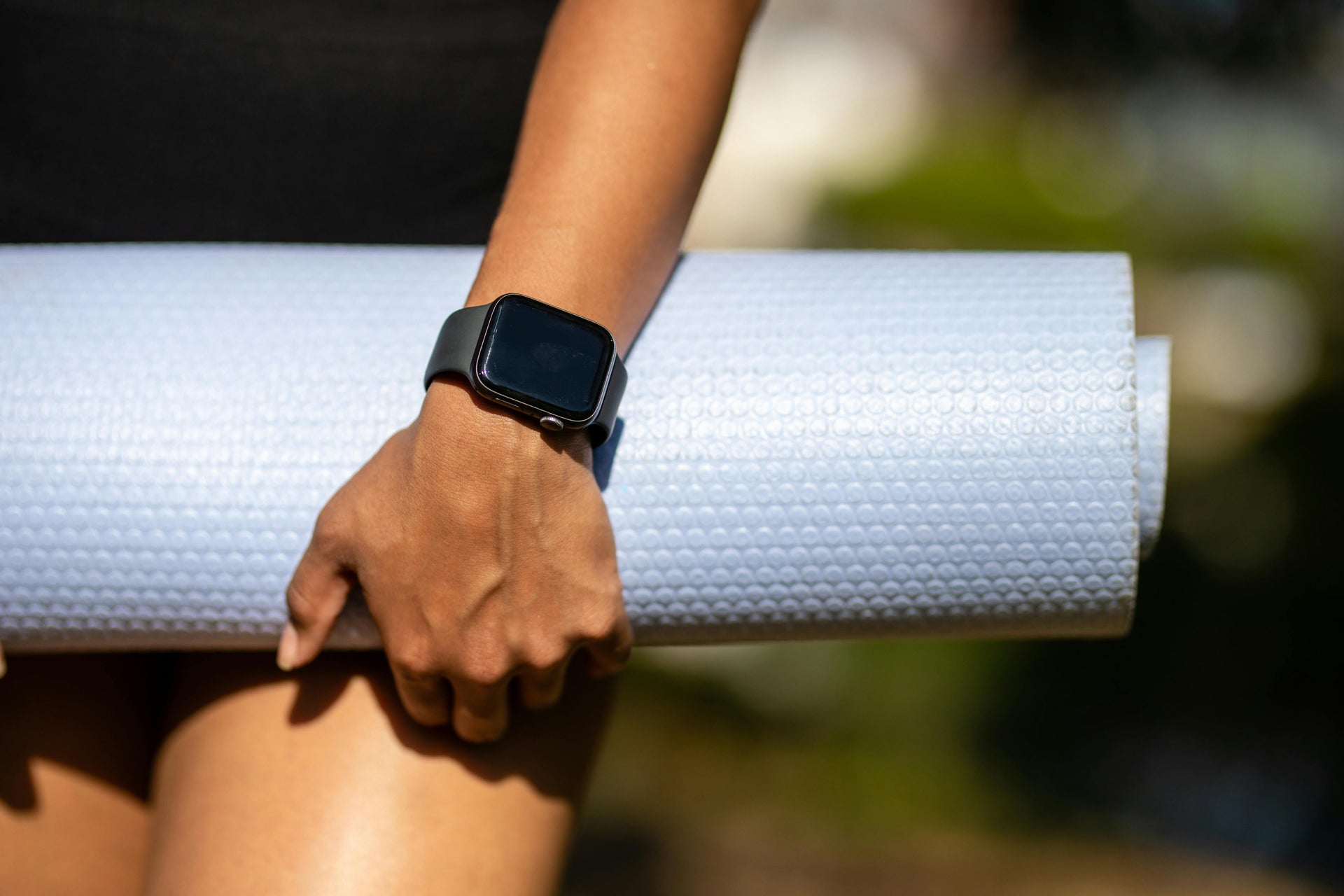

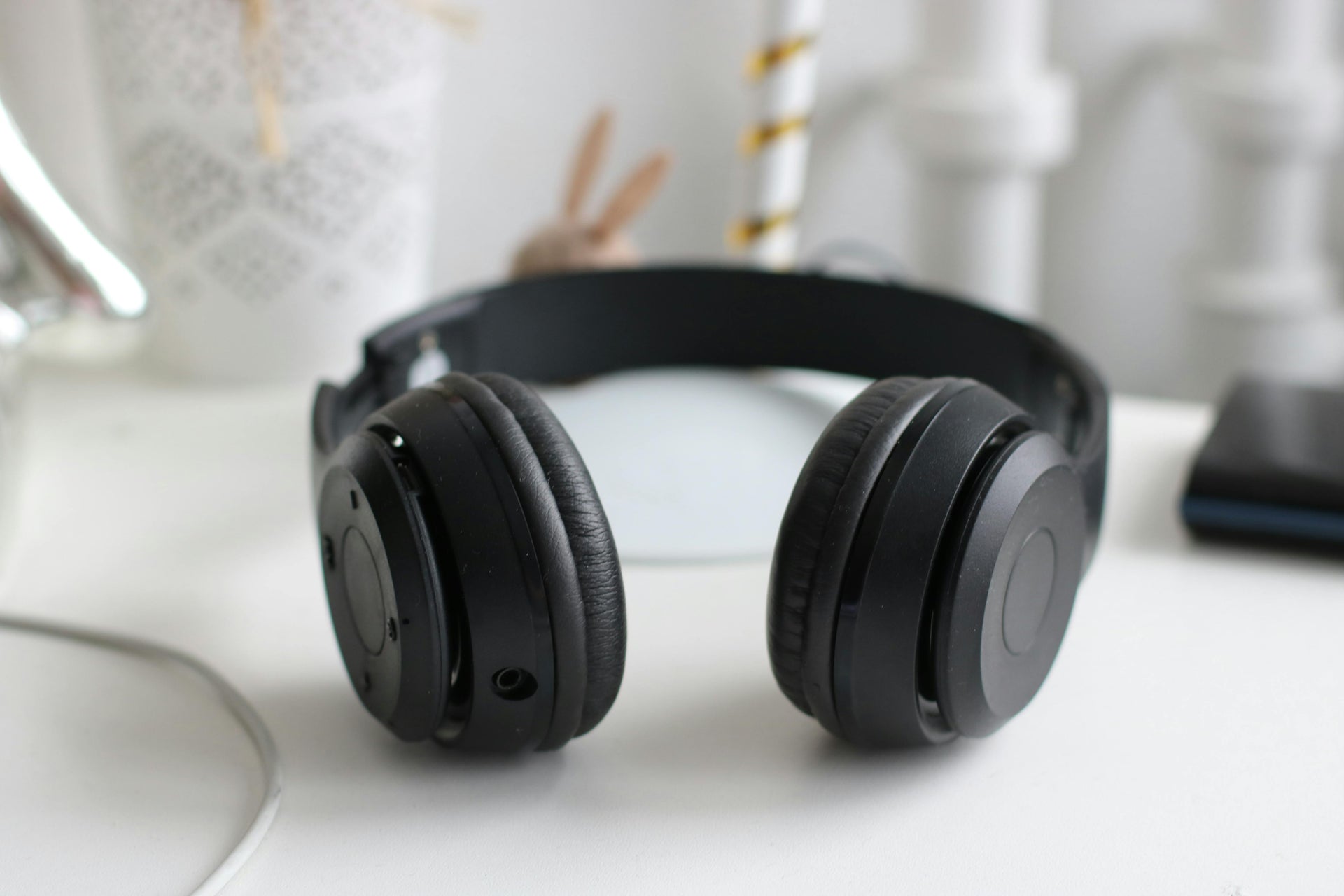



Leave a comment